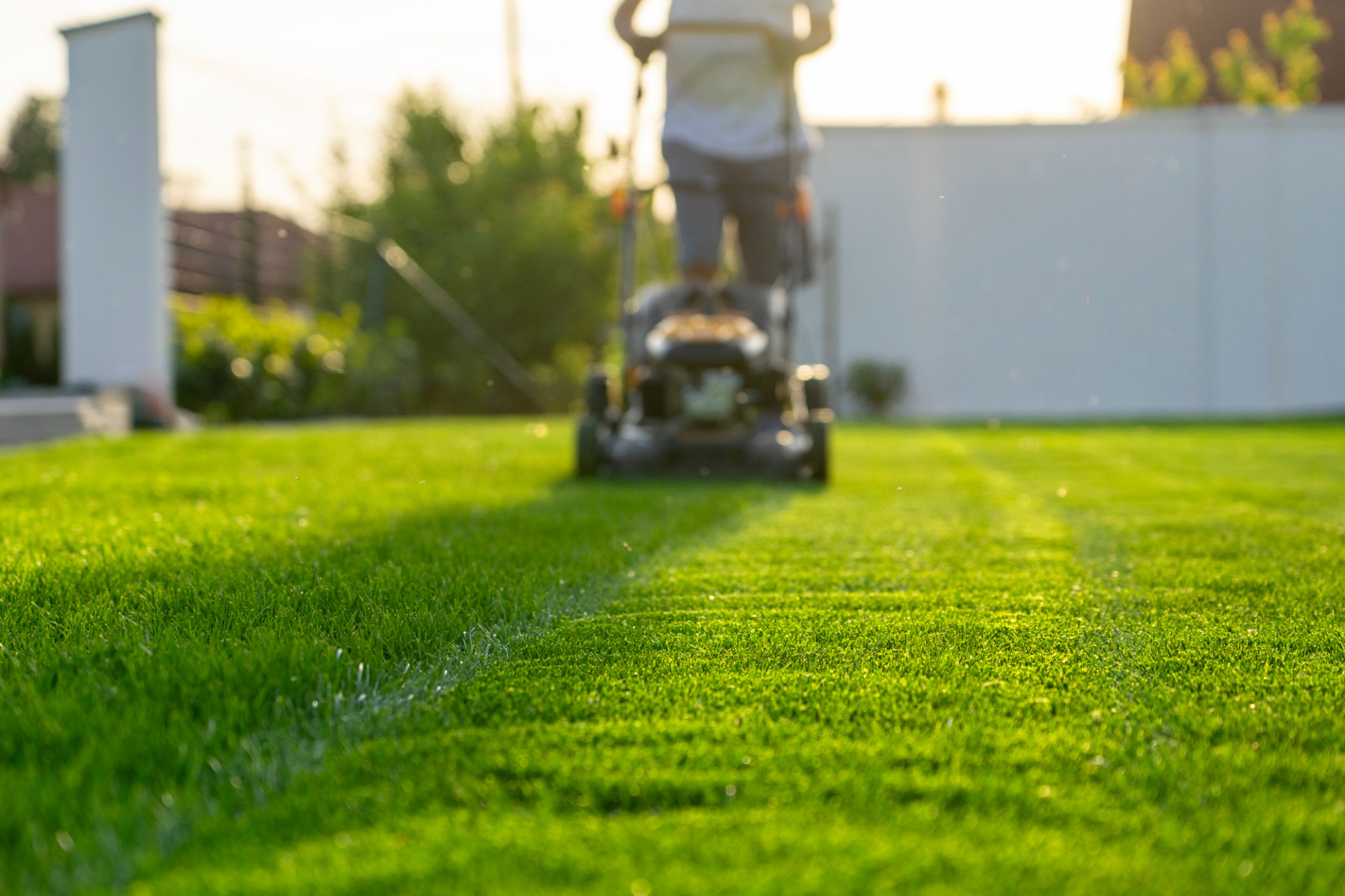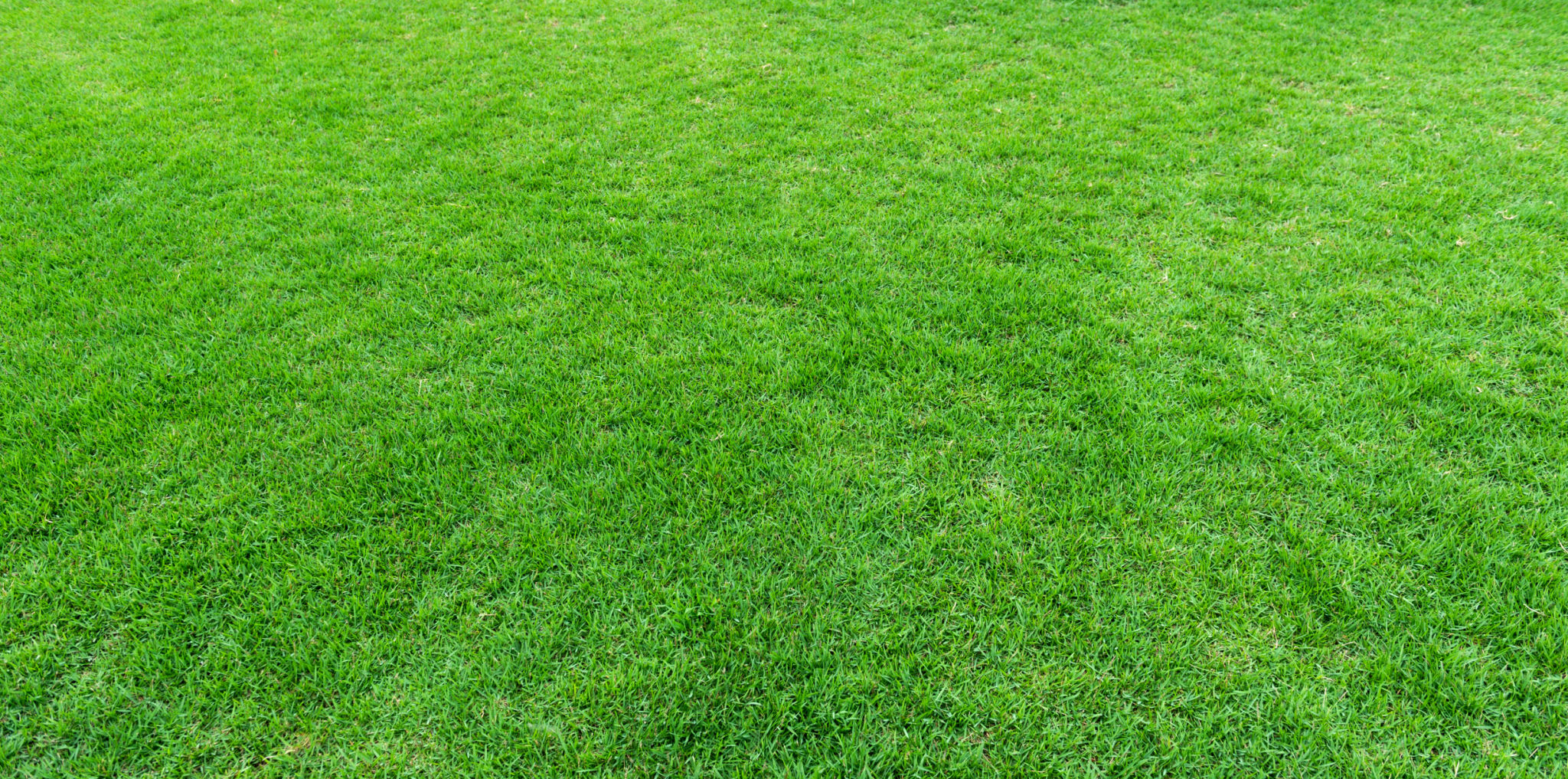A Beginner's Guide to Turf Management in Sanford: Understanding the Basics
The Importance of Turf Management
For homeowners and businesses in Sanford, maintaining a lush, green lawn can significantly enhance curb appeal and provide a welcoming outdoor space. Understanding the basics of turf management is essential for anyone looking to achieve and maintain a healthy lawn. This guide will help you get started with the fundamentals of turf management, ensuring your outdoor spaces remain vibrant and well-kept throughout the year.
Turf management involves a combination of techniques and practices aimed at cultivating and maintaining healthy grass. These practices not only enhance the aesthetic appeal of your property but also contribute to environmental health by preventing soil erosion and improving air quality.

Choosing the Right Grass Type
One of the first steps in turf management is selecting the appropriate grass type for your lawn. In Sanford, climate conditions can vary, so it's crucial to choose a grass variety that thrives in your local environment. Some popular options for warm climates include Bermuda grass, Zoysia grass, and St. Augustine grass.
When choosing a grass type, consider factors such as sunlight exposure, soil type, and water availability. Whether you prefer a low-maintenance variety or one that can withstand heavy foot traffic, there's a grass type suited for your needs. Consulting with local experts or visiting a nearby nursery can provide valuable insights into the best options for your lawn.
Soil Preparation and Testing
Proper soil preparation is a critical component of successful turf management. Before planting or reseeding your lawn, it's essential to test the soil to determine its pH levels and nutrient content. This information will help you make informed decisions about fertilization and soil amendments.
If your soil is lacking in certain nutrients, consider adding organic matter or specific fertilizers to improve its quality. Aeration is also an important practice that allows air, water, and nutrients to penetrate the soil more effectively, promoting healthier root growth.

Watering and Irrigation
Watering is another fundamental aspect of turf management. In Sanford, where temperatures can soar during the summer months, establishing a consistent irrigation schedule is vital. Most lawns require about 1 to 1.5 inches of water per week, either from rainfall or supplemental irrigation.
It's best to water your lawn early in the morning or late in the evening to minimize evaporation. Consider investing in an efficient irrigation system that can automate this process and ensure even coverage across your lawn.
Mowing and Maintenance
Regular mowing is essential to keep your lawn healthy and looking its best. Set your mower blades at the appropriate height for your grass type, typically between 2.5 to 3 inches for most warm-season grasses. Avoid cutting more than one-third of the grass blade at a time to prevent stress on the plants.

In addition to mowing, routine maintenance tasks such as removing weeds, dethatching, and pest control are crucial for healthy turf. Keep an eye out for signs of disease or infestation and address these issues promptly to prevent further damage.
Fertilization Practices
Fertilizing your lawn provides essential nutrients that support healthy growth and resilience against environmental stressors. The frequency and type of fertilizer used will depend on your specific grass type and soil conditions. Generally, applying fertilizer two to four times per year is recommended for optimal results.
Choose a balanced fertilizer with the right ratio of nitrogen, phosphorus, and potassium (N-P-K) for your lawn's needs. Always follow the manufacturer's instructions to avoid over-fertilization, which can harm both your lawn and the environment.
Conclusion
By understanding these basic principles of turf management and implementing them effectively, you can enjoy a vibrant and healthy lawn in Sanford throughout the year. Regular assessment and adaptation of your turf management practices will ensure your lawn remains an asset to your property while contributing positively to the local environment.